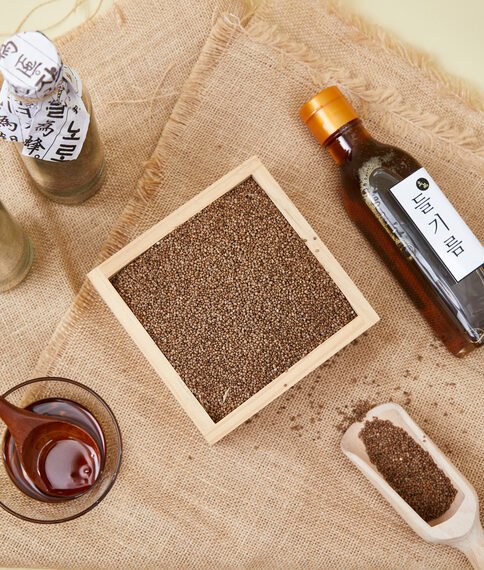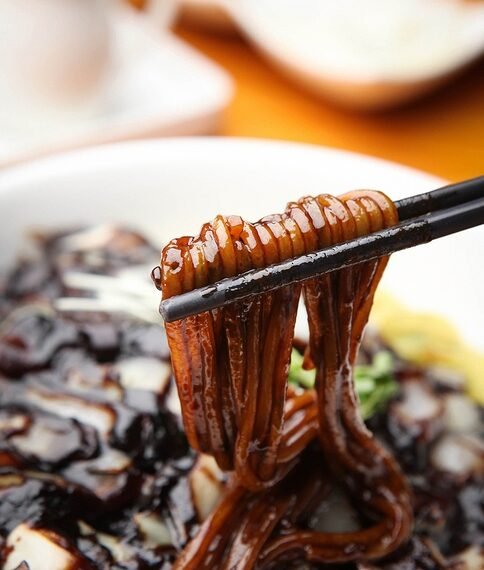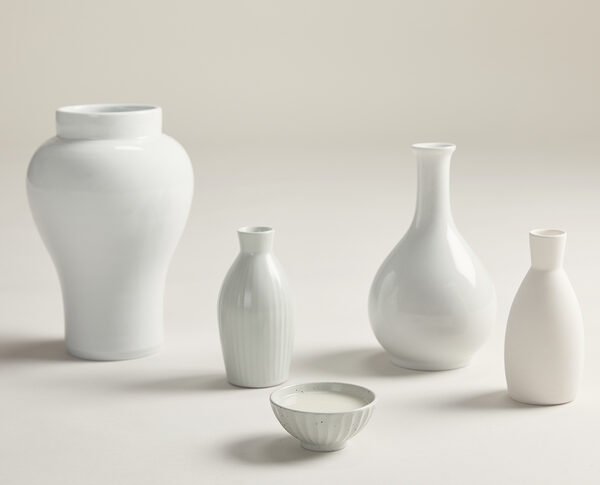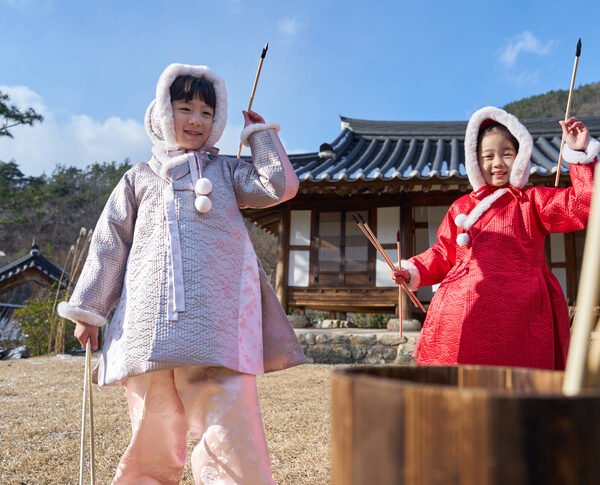Are you a fan of Korean cuisine? If so, then you’ve probably heard of Sundubu Jjigae, a popular dish known as Soft Tofu Stew. This article will give you all the details you need to know about this delicious and hearty stew. Sundubu Jjigae is made with thinly sliced meat and kimchi, giving it a spicy and flavorful kick. The best part is that it takes less than 30 minutes to make, making it the perfect option for a quick and tasty weeknight meal. Whether you’re a meat lover or prefer a vegetarian option, this stew is versatile and can be customized to suit your taste. So why not try making this easy and comforting dish at home? You’ll be pleasantly surprised at how simple and satisfying it is.
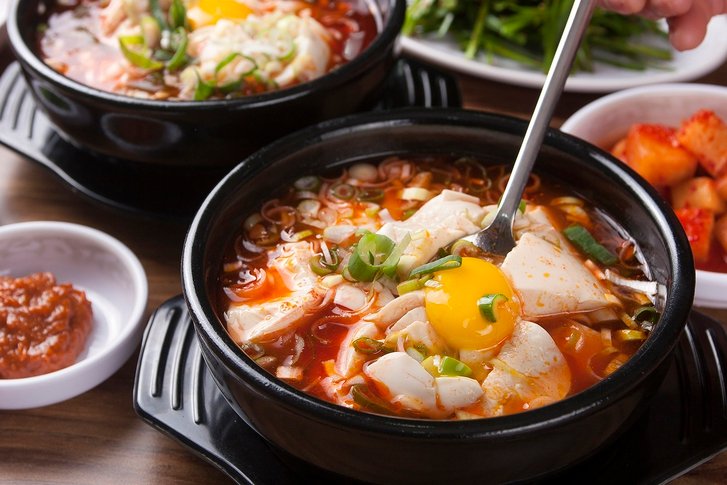
Ingredients
To make a delicious sundubu jjigae, you will need the following ingredients:
Sundubu (Soft Tofu)
Soft tofu is the star ingredient in sundubu jjigae. It has a high water content and a silky texture that adds richness to the stew.

Kimchi
Kimchi is a traditional fermented vegetable side dish in Korean cuisine. It is made with cabbage, radishes, and other vegetables, mixed with seasonings such as chili pepper flakes, garlic, and ginger. Kimchi adds a spicy and tangy flavor to the stew.
Meat
You can use thinly sliced pork, beef, chicken, or seafood in sundubu jjigae. The meat adds protein and a savory taste to the stew.
Gochugaru (Korean Red Chili Pepper Flakes)
Gochugaru is a staple ingredient in Korean cooking. It adds a spicy and smoky flavor to the stew. Adjust the amount of gochugaru based on your spice preference.
Minced Garlic
Garlic adds a rich and aromatic flavor to the stew. Use fresh minced garlic for the best taste.
Sesame Oil
Sesame oil enhances the overall flavor of the stew. It adds a nutty and toasty taste to the dish.
Water or Anchovy Broth
Water or anchovy broth is used as the base for the stew. Anchovy broth adds a savory depth of flavor to the dish.
Juice from Kimchi
The juice from kimchi adds a tangy and flavorful element to the stew. It also helps to enhance the taste of the kimchi.
Saewujeot (Salted Shrimp) or Salt
Saewujeot, also known as salted shrimp, is a common ingredient in Korean cooking. It adds a salty and seafood-like flavor to the stew. If you don’t have saewujeot, you can use salt as a substitute.
Black Pepper
Black pepper adds a mild spiciness and a bit of heat to the stew.
Scallion
Scallions, also known as green onions, add a fresh and aromatic flavor to the stew. They also provide a nice crunch as a garnish.
Egg (optional)
Some variations of sundubu jjigae include a cracked egg in the stew. The egg adds richness and a creamy texture to the dish. This is optional and can be adjusted based on personal preference.
Preparation
To make sundubu jjigae, follow these steps:
Cutting the Meat and Kimchi
Start by thinly slicing the meat of your choice. Cut the kimchi into small thin strips.
Stir-Frying the Meat and Kimchi
In a small pot, stir-fry the kimchi, meat, gochugaru, minced garlic, and sesame oil over medium heat until the meat is almost cooked, about 3-4 minutes.
Adding Water or Broth and Kimchi Juice
Pour in the water or anchovy broth and the juice from the kimchi. Bring it to a boil and continue to boil for 3-4 minutes. Skim off any scum that rises to the surface.
Cooking the Stew
Add the soft tofu in big chunks to the pot. Stir in the saewujeot or salt to taste, along with some black pepper. Cook for 4-5 minutes.
Adding the Egg (optional)
If desired, crack an egg into the stew while it’s still boiling hot. The egg will cook in the hot stew and add richness to the dish.
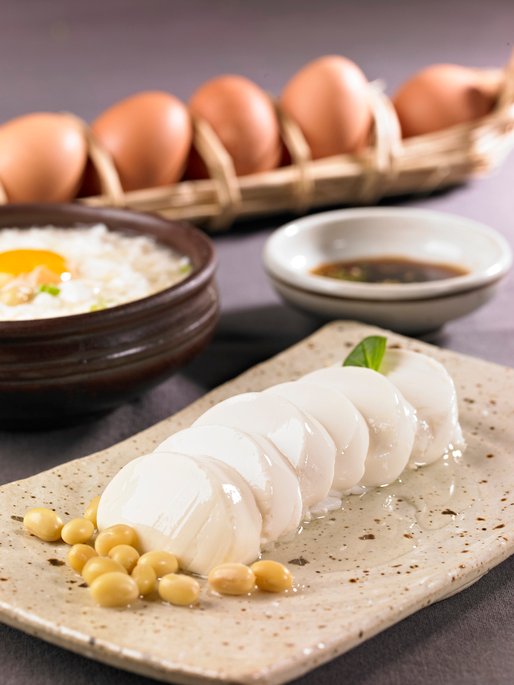
Tips for Variations
There are several variations you can try with sundubu jjigae:
Seafood Sundubu Jjigae
To make seafood sundubu jjigae, substitute the meat with a variety of seafood such as shrimp, squid, or clams. The seafood adds a delicate and briny flavor to the stew.
Vegetarian Sundubu Jjigae
For a vegetarian version of sundubu jjigae, omit the meat and saewujeot. Use vegetable broth instead of water or anchovy broth. Add mushrooms and other vegetables of your choice for a hearty and flavorful vegetarian stew.
Using Different Meats
Feel free to experiment with different meats such as beef, chicken, or even leftover cooked meat. Each meat will bring its own unique flavor to the stew.
Serving Suggestions
Here are some serving suggestions for sundubu jjigae:
Garnishes
Garnish the stew with finely chopped scallions for a fresh and vibrant flavor. You can also add a sprinkle of toasted sesame seeds for a nutty and crunchy texture.
Side Dishes
Serve sundubu jjigae with a side of steamed rice or Korean-style rice cakes called tteok. Banchan, or Korean side dishes, such as kimchi, pickled vegetables, and soy sauce-based dishes, pair well with the stew.
Beverage Pairings
Pair sundubu jjigae with a refreshing and light beverage such as traditional Korean rice wine called makgeolli or a chilled Korean beer. You can also enjoy it with a cup of hot green tea or barley tea.
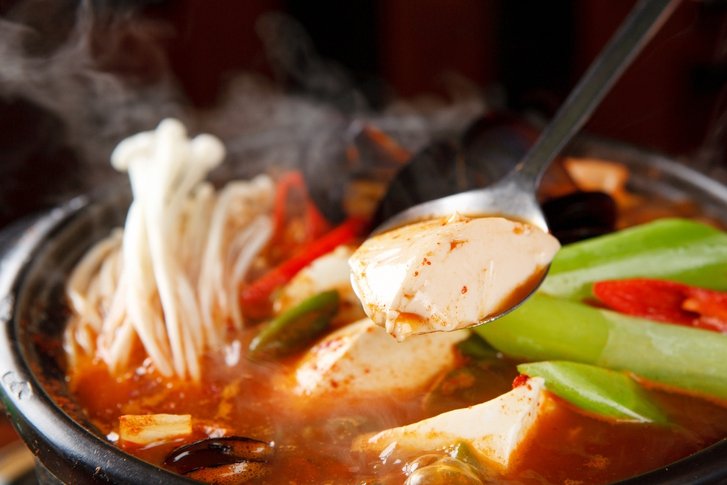
Health Benefits of Sundubu Jjigae
Sundubu jjigae offers several health benefits:
High Protein Content
The addition of meat and tofu in sundubu jjigae provides a good amount of protein, which is essential for building and repairing tissues in the body.
Rich in Vitamins and Minerals
Kimchi, a key ingredient in sundubu jjigae, is rich in vitamins A and C, as well as minerals such as calcium and iron. These nutrients help support a healthy immune system and contribute to overall well-being.
Good Source of Probiotics
Kimchi is a fermented food that contains probiotics, which are beneficial bacteria for gut health. Consuming probiotics can help improve digestion and support a healthy gut microbiome.
History and Origins
Sundubu jjigae is a traditional Korean dish that has a long history in Korean cuisine. It is believed to have originated in the late 19th century during the Joseon Dynasty. Sundubu jjigae was traditionally cooked at home using simple ingredients such as tofu, kimchi, and leftover meats.
Today, sundubu jjigae is a popular comfort food in Korea and can be found in many Korean restaurants around the world. It is loved for its rich and spicy flavors and its ability to warm the body and soul.
Popular Sundubu Jjigae Restaurants
If you’re looking to try sundubu jjigae at a restaurant, here are three popular options:
Restaurant 1
This restaurant is known for its wide variety of sundubu jjigae options, including seafood, meat, and vegetarian versions. The stew is cooked to perfection with the right balance of flavors and spice.
Restaurant 2
At this restaurant, you can expect a traditional and authentic sundubu jjigae experience. The stew is made with high-quality ingredients and is full of bold and delicious flavors.
Restaurant 3
This restaurant offers a modern twist on sundubu jjigae, with unique and creative combinations of ingredients. The stew is beautifully presented and will satisfy even the most discerning palate.
How to Make Homemade Sundubu
If you want to try making sundubu jjigae at home, follow these steps:
Step 1: Making Soft Tofu
If you prefer to make your own soft tofu, you can find recipes and tutorials online. Alternatively, you can purchase soft tofu from your local Korean grocery store or Asian market.
Step 2: Preparing Kimchi
If you don’t have store-bought kimchi, you can make your own at home using traditional Korean kimchi recipes. Ferment the kimchi for several days to develop its signature tangy flavor.
Step 3: Choosing and Preparing Meat
Select your preferred meat, such as pork, beef, or chicken. Slice the meat into thin strips for quick and even cooking.
Step 4: Assembling the Stew
In a pot, stir-fry the kimchi, meat, gochugaru, minced garlic, and sesame oil. Add water or anchovy broth and the juice from the kimchi. Bring it to a boil and let it simmer for a few minutes.
Step 5: Cooking the Stew
Add the soft tofu in chunks to the pot. Stir in the saewujeot or salt and black pepper. Cook for a few more minutes until the flavors meld together. Garnish with scallions and cracked egg if desired, and serve hot.
Common Mistakes to Avoid
Here are some common mistakes to avoid when making sundubu jjigae:
Using Firm Tofu Instead of Soft Tofu
Soft tofu is essential for achieving the silky and velvety texture of sundubu jjigae. Using firm tofu will result in a different texture and may affect the overall taste of the stew.
Not Fully Fermented Kimchi
Using fully fermented kimchi is crucial for the authentic flavor of sundubu jjigae. Fresh or under-fermented kimchi may not have the right balance of flavors and can affect the taste of the stew.
Overcooking the Tofu
Soft tofu cooks quickly, so be careful not to overcook it. Overcooking can make the tofu mushy and affect its texture in the stew.
Adding Salted Shrimp Instead of Salt
While saewujeot adds a unique flavor to sundubu jjigae, adding too much can overpower the other flavors in the stew. Use it sparingly and adjust the amount based on your taste preference.
Conclusion
Sundubu jjigae is a delightful and flavorful Korean soft tofu stew that is quick and easy to make. With its rich and spicy taste, it is guaranteed to warm your body and satisfy your taste buds. Whether you prefer a meat, seafood, or vegetarian version, sundubu jjigae is a versatile dish that can be customized to your liking. So gather your ingredients, follow the steps, and enjoy a bowl of comforting sundubu jjigae at home or at your favorite Korean restaurant.


